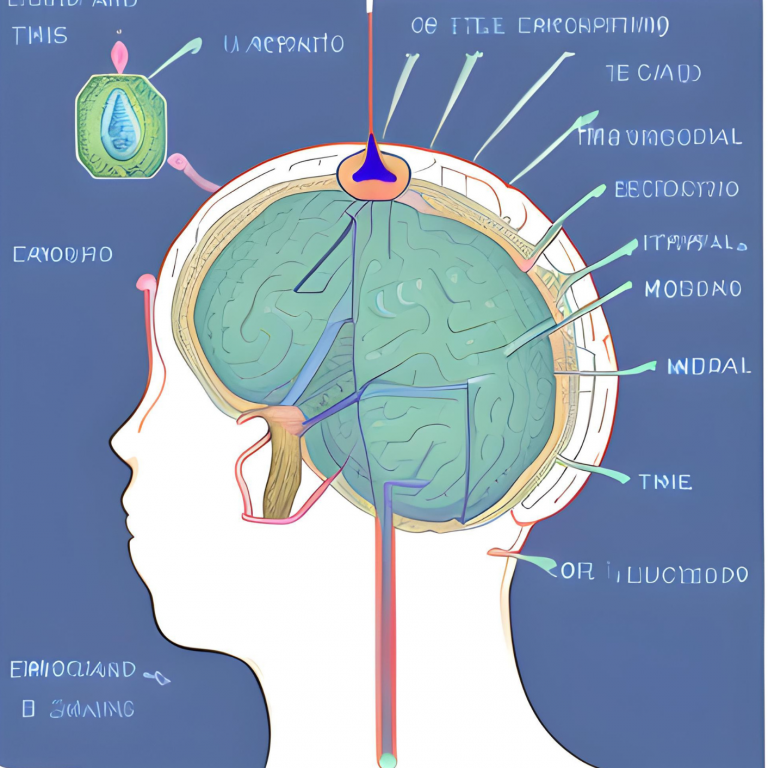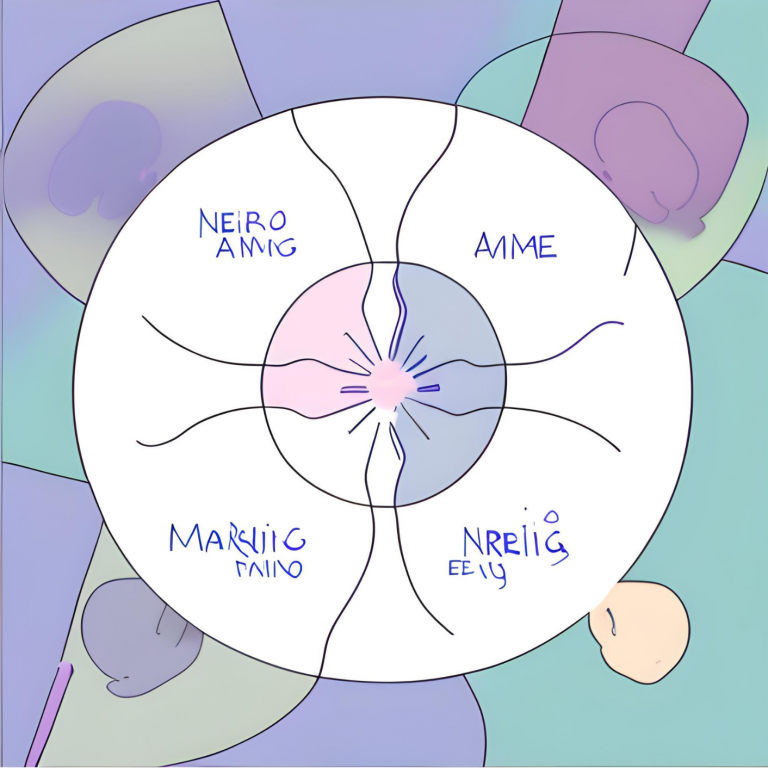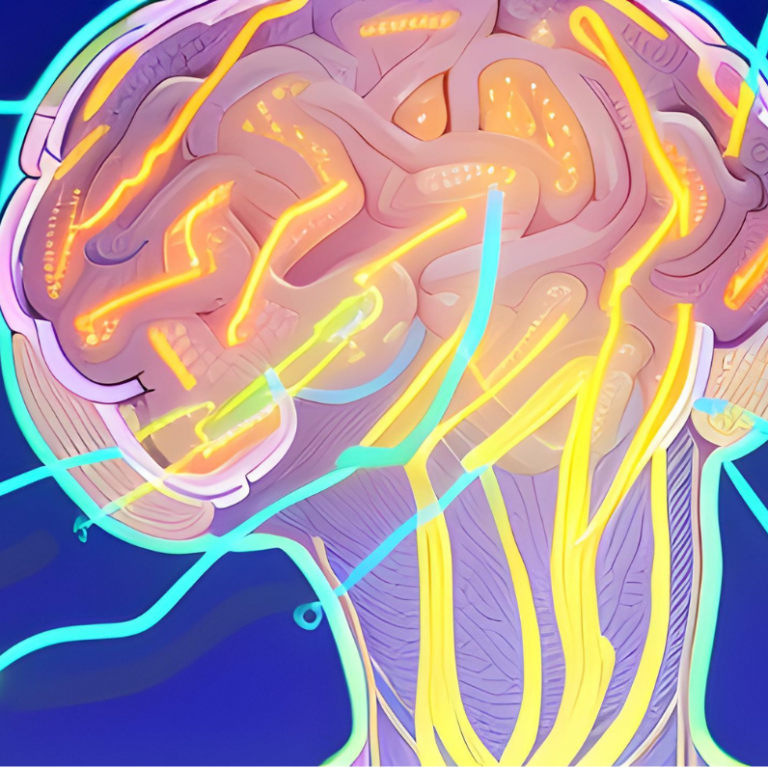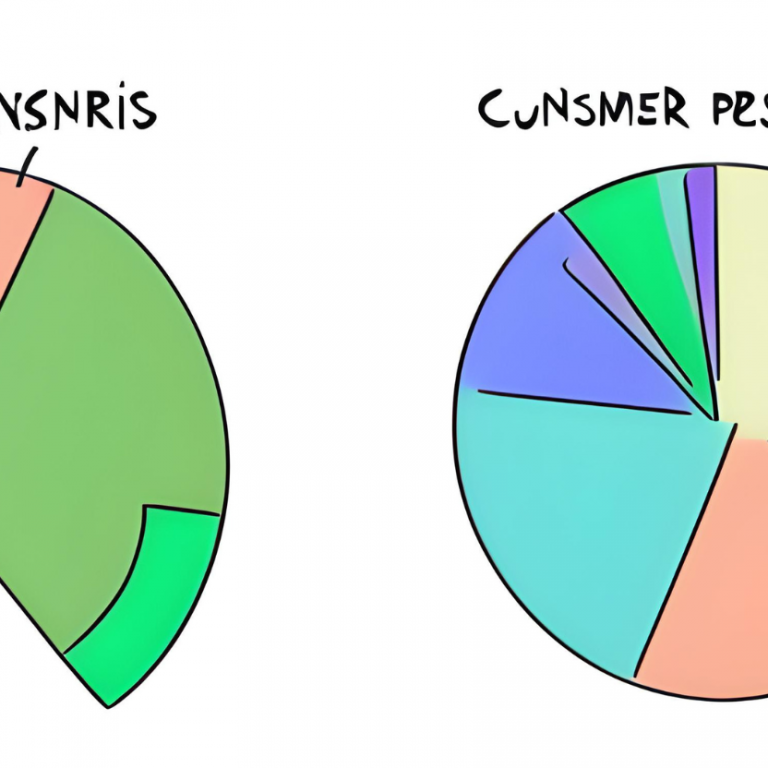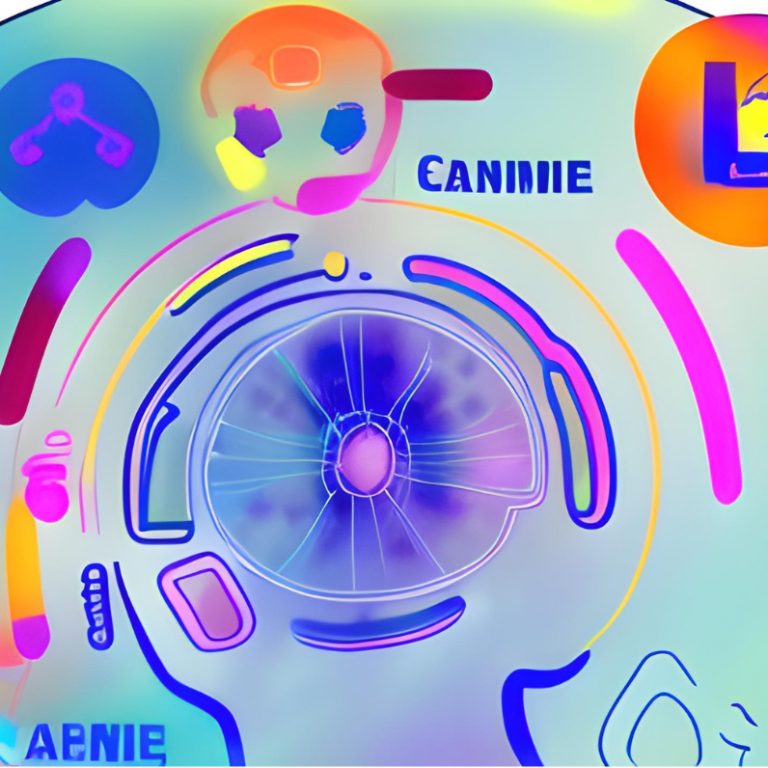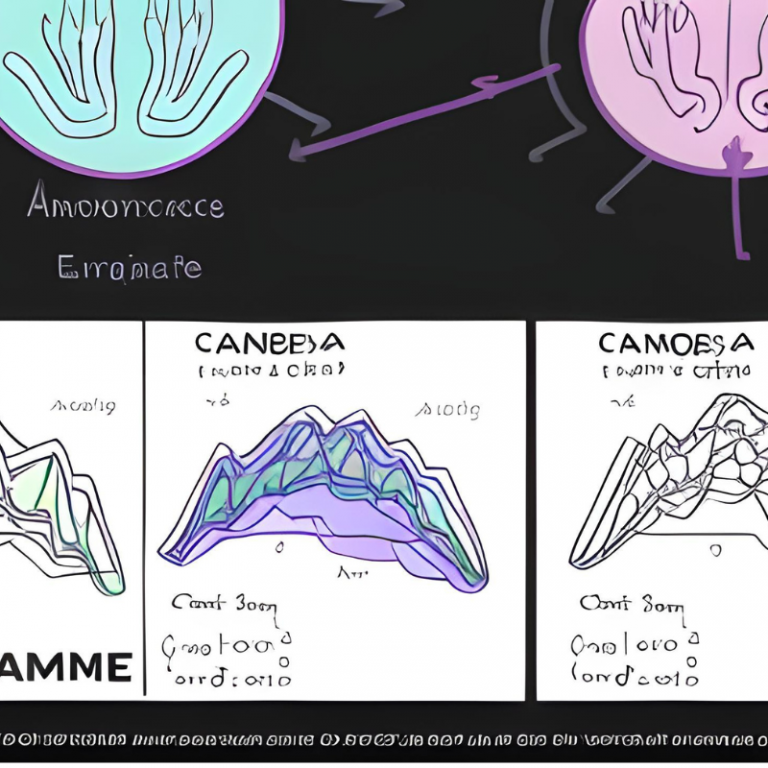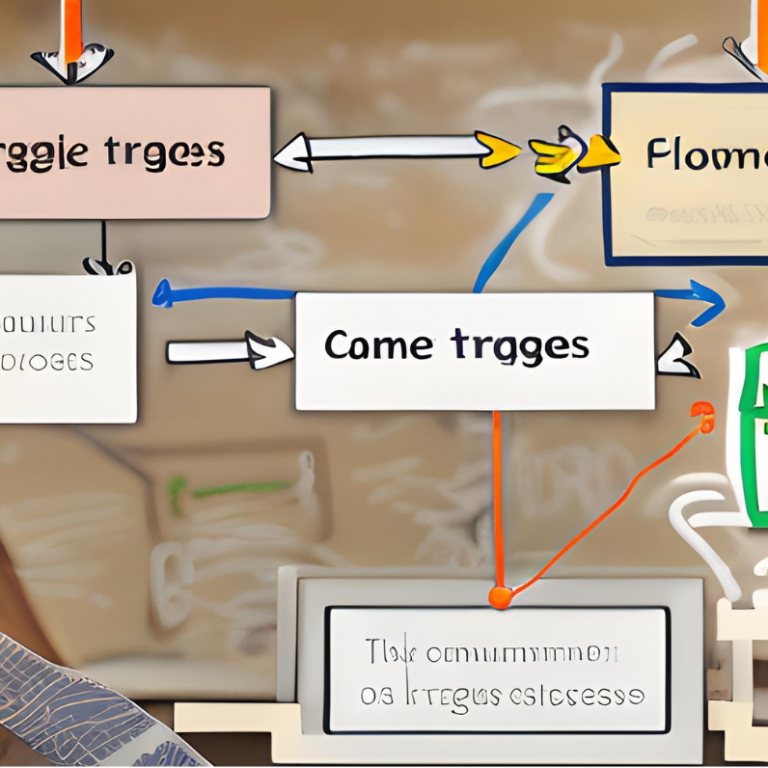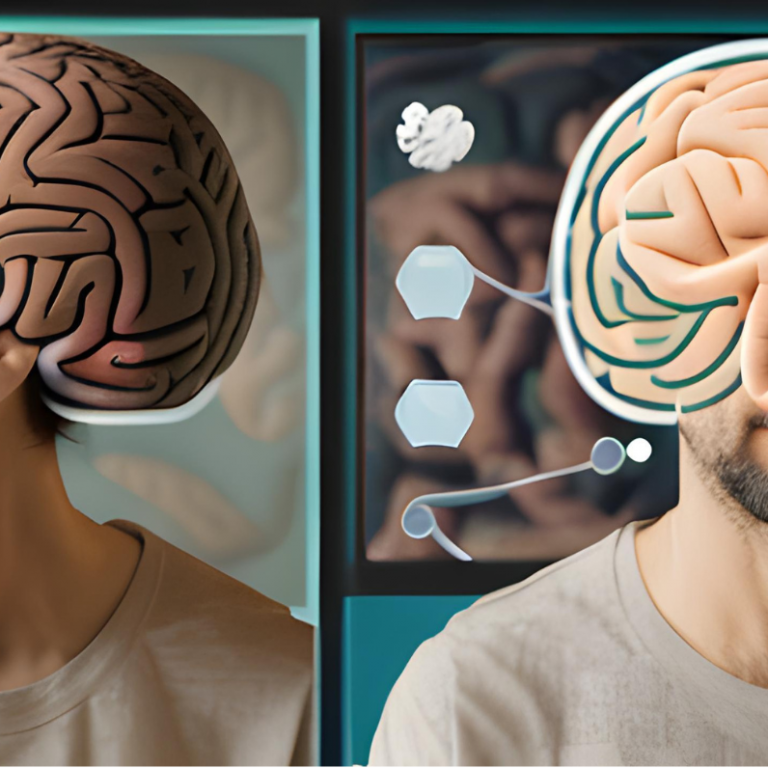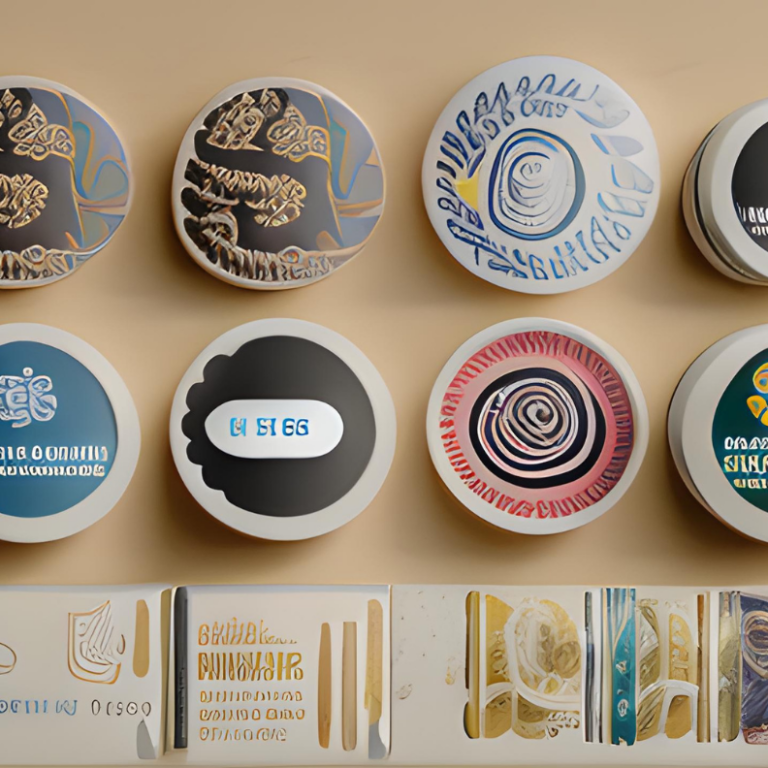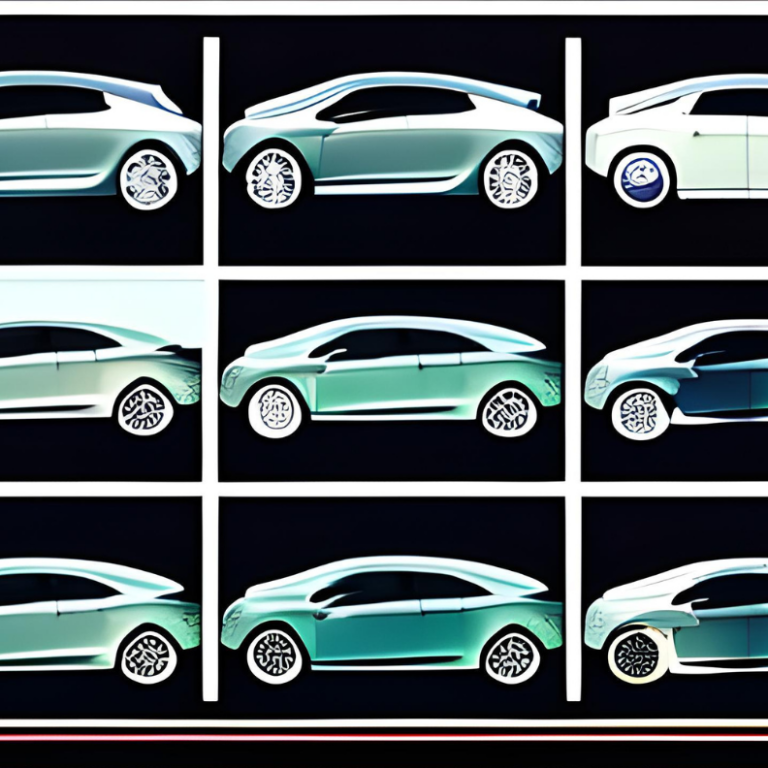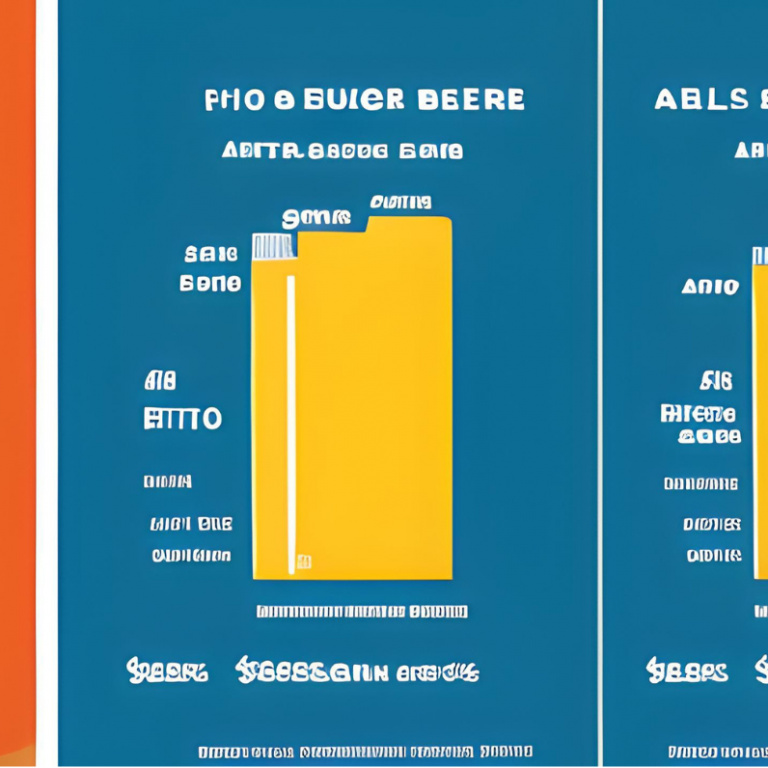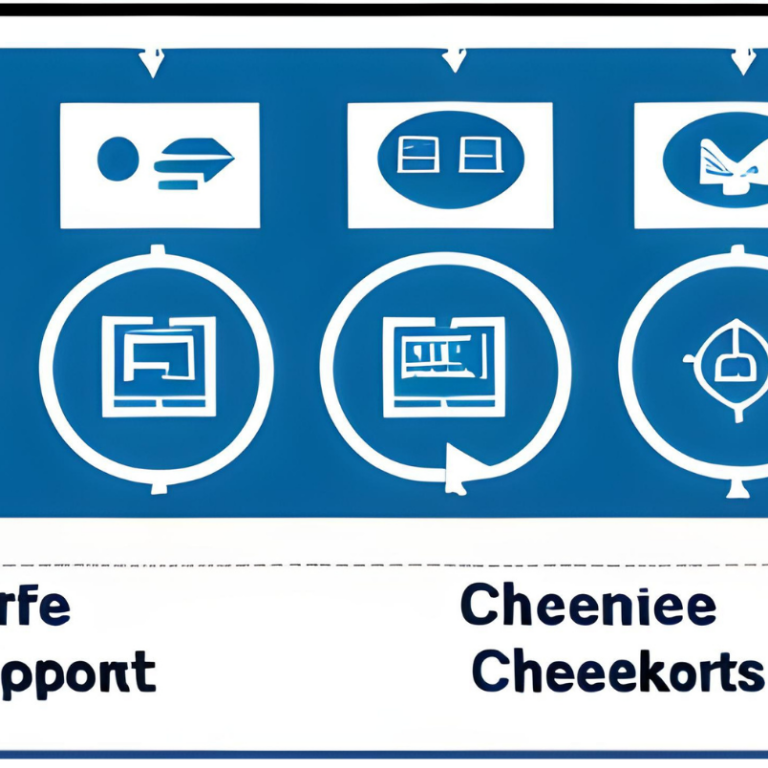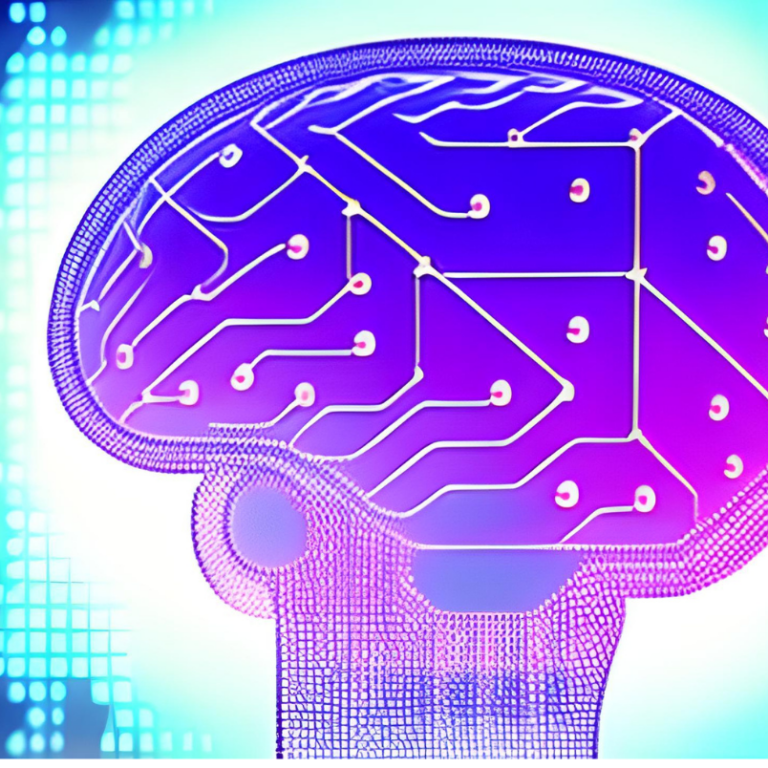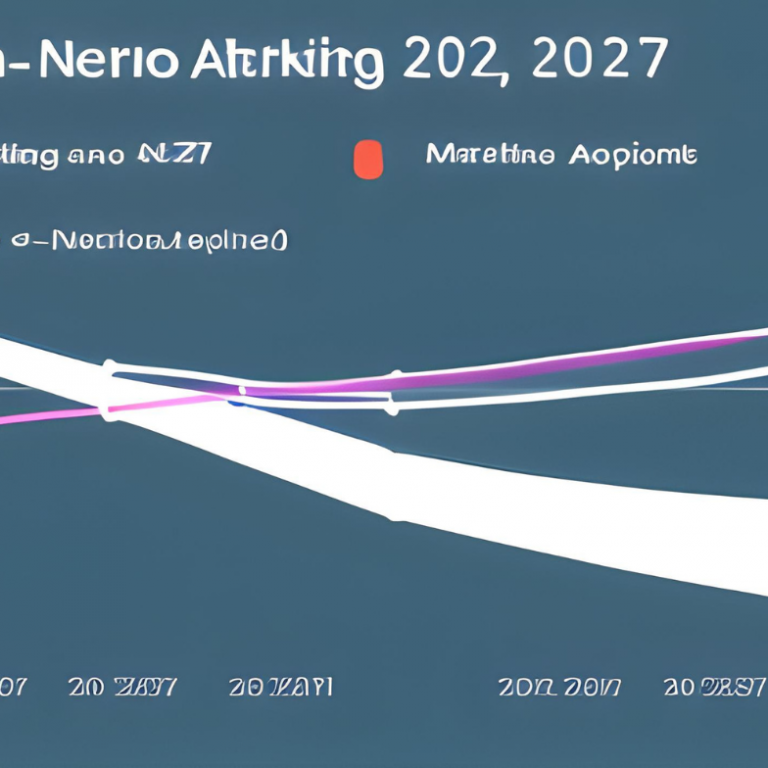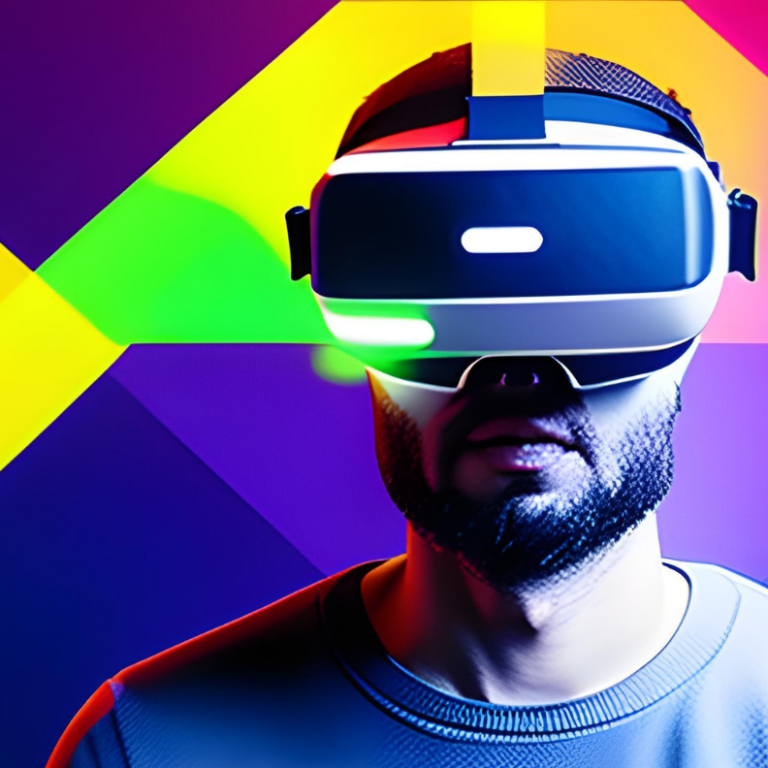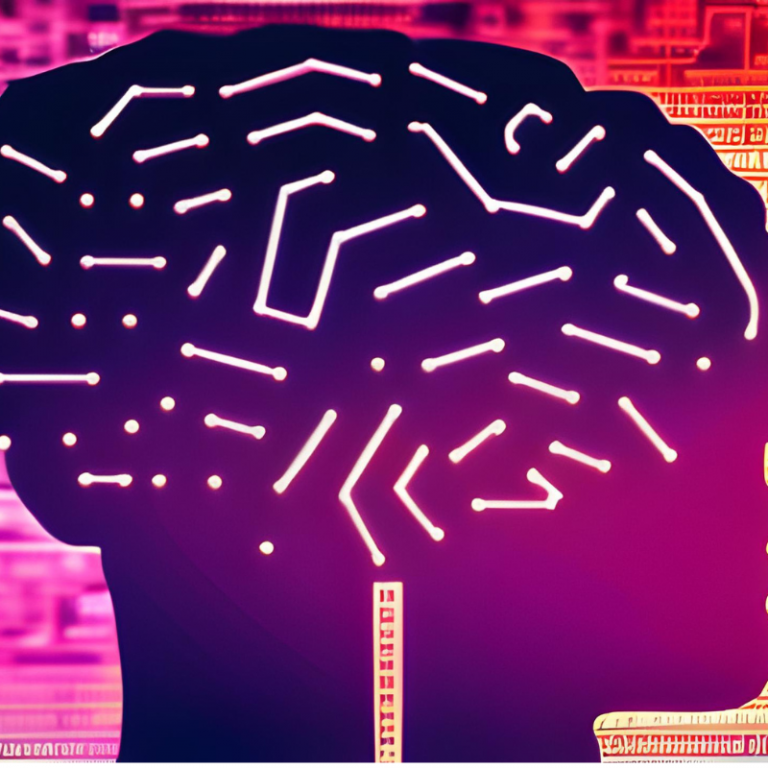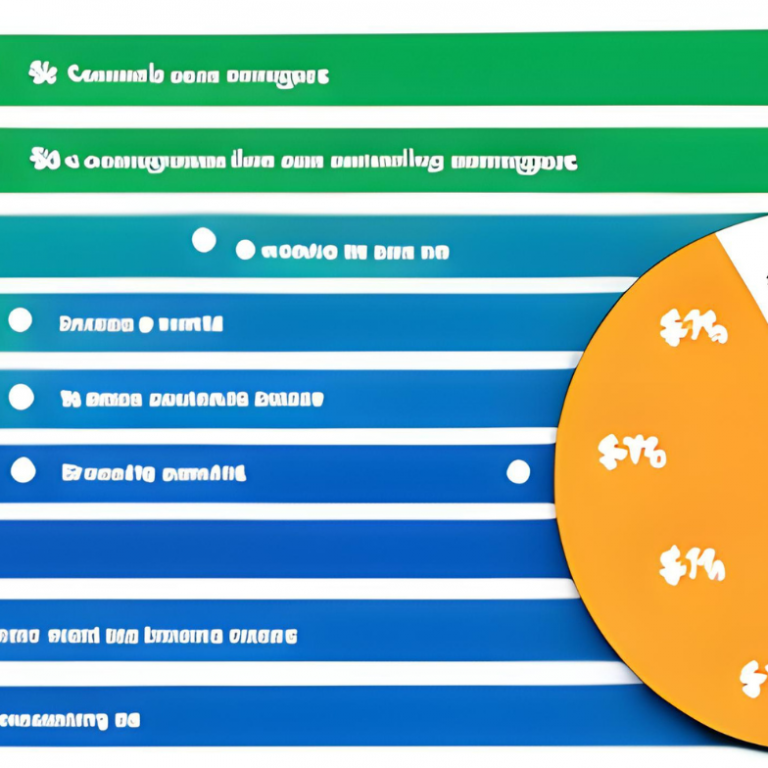As the world witnessed the dawn of the 5G era, a groundbreaking transformation occurred in the field of telecommunications. This leap from 4G to 5G wasn’t just a progression; it was a revolution in connectivity. The introduction of 5G technology brought with it unprecedented speeds and reliability, a quantum leap in the capacity and efficiency of wireless networks. This new technology, characterized by its lightning-fast data transmission and significantly reduced latency, opened doors to possibilities that once bordered on the realm of science fiction.
In the context of digital marketing, the arrival of 5G represented a seismic shift. This technology didn’t just incrementally improve the existing framework; it reinvented the rules of the game. Marketers, who had long grappled with the limitations of bandwidth and connectivity, found in 5G a powerful ally that could transform their strategies and redefine customer engagement. The promise of 5G to handle extensive data loads at breakneck speeds meant that digital marketing could now be more interactive, personalized, and immersive than ever before.
This article explores the profound implications of 5G for mobile marketing and customer experiences. We delve into how 5G technology didn’t merely enhance existing digital marketing techniques but catalyzed the development of innovative approaches and strategies. From facilitating ultra-high-definition video streaming to enabling real-time analytics and augmented reality experiences, 5G has expanded the horizons of what’s possible in digital marketing. In this exploration, we aim to uncover how 5G has not only accelerated the evolution of digital marketing but has also set new standards for customer expectations and experiences in the digital realm.
In the following sections, we will traverse various dimensions of this transformation, offering insights into how 5G has reshaped the landscape of digital marketing. For businesses and marketers striving to remain at the cutting edge, understanding the impact of 5G is crucial. It’s not just about keeping pace with technological advancements; it’s about leveraging them to create more meaningful, engaging, and memorable experiences for customers.
In the context of digital marketing, the arrival of 5G represented a seismic shift. This technology didn’t just incrementally improve the existing framework; it reinvented the rules of the game. Marketers, who had long grappled with the limitations of bandwidth and connectivity, found in 5G a powerful ally that could transform their strategies and redefine customer engagement. The promise of 5G to handle extensive data loads at breakneck speeds meant that digital marketing could now be more interactive, personalized, and immersive than ever before.
This article explores the profound implications of 5G for mobile marketing and customer experiences. We delve into how 5G technology didn’t merely enhance existing digital marketing techniques but catalyzed the development of innovative approaches and strategies. From facilitating ultra-high-definition video streaming to enabling real-time analytics and augmented reality experiences, 5G has expanded the horizons of what’s possible in digital marketing. In this exploration, we aim to uncover how 5G has not only accelerated the evolution of digital marketing but has also set new standards for customer expectations and experiences in the digital realm.
In the following sections, we will traverse various dimensions of this transformation, offering insights into how 5G has reshaped the landscape of digital marketing. For businesses and marketers striving to remain at the cutting edge, understanding the impact of 5G is crucial. It’s not just about keeping pace with technological advancements; it’s about leveraging them to create more meaningful, engaging, and memorable experiences for customers.
Understanding 5G Technology
When the world transitioned to 5G technology, it was not merely stepping into a new generation of connectivity; it was leaping into a future where the digital realm’s limitations were significantly expanded. Understanding the technical prowess of 5G is essential to appreciating its impact on digital marketing. At its core, 5G technology is defined by three key attributes: unprecedented speed, remarkable reliability, and expansive bandwidth.- Speed: 5G set new records in data transmission speeds. Where 4G networks offered download speeds averaging around 20 Mbps, 5G networks shattered this by offering speeds upwards of 1 Gbps in some cases. This meant that activities that once took minutes could now be completed in a matter of seconds. For digital marketing, this translated into the ability to share high-quality content, including 4K and 360-degree video formats, almost instantaneously with audiences worldwide.
- Reliability: Beyond speed, 5G’s reliability was a game-changer. The technology brought about more stable connections with significantly reduced latency. The latency in 5G networks was reduced to as low as 1 millisecond, compared to 50 milliseconds in 4G. For marketers, this meant seamless, uninterrupted interactions with customers, critical for live events, real-time analytics, and interactive experiences.
- Bandwidth: The expansive bandwidth of 5G was another critical factor. It allowed more devices to be connected simultaneously without loss of performance. In the context of the Internet of Things (IoT), this meant an explosion in the number of connected devices and sensors, providing marketers with a wealth of data for creating personalized and contextual advertising campaigns.
As we explored the capabilities of 5G, it became clear that this technology was not just a new way to connect; it was a new way to experience the digital world. For digital marketers, it opened a new chapter, one where the only limit was their creativity.
5G and Enhanced Mobile Connectivity
As the world embraced 5G technology, a significant transformation in mobile connectivity ensued. This section of the article delves into the role of 5G in enhancing mobile internet speeds, its impact on mobile app functionality and user experience, and provides case studies from regions where 5G dramatically improved mobile connectivity.- Elevating Mobile Internet Speeds: The advent of 5G brought about a monumental increase in mobile internet speeds. In comparison to the 4G era, where speeds averaged around 20-30 Mbps, 5G networks offered speeds that were often ten times faster, sometimes even reaching the 1 Gbps mark. This leap in speed had a profound impact on how consumers accessed and interacted with online content. High-definition video streaming, once hindered by buffering and lag, became seamless, and downloading large files, a task that once took minutes, could now be completed in seconds. For digital marketers, this meant the ability to share richer, more complex content without worrying about user connectivity issues.
- Revolutionizing Mobile App Functionality and Experience: The enhanced speeds and reduced latency of 5G also had a transformative effect on mobile app functionality. Apps that relied on real-time data processing, like those for augmented reality or live interactive features, became significantly more robust and responsive. For instance, augmented reality apps, which previously suffered from lag and poor image quality due to bandwidth limitations, could now operate smoothly, offering users an immersive and interactive experience. This advancement opened new avenues for marketers to create innovative and engaging apps that could captivate users and deliver memorable brand experiences.
- Case Studies: Transformations in Different Regions: The impact of 5G on mobile connectivity was not uniform across the globe; it varied significantly depending on the region’s infrastructure and readiness for 5G deployment. For instance, South Korea, one of the first countries to roll out 5G on a large scale, witnessed a substantial improvement in mobile internet services. This enhancement led to innovative marketing campaigns that leveraged the power of 5G, such as interactive AR experiences in public spaces and real-time personalization of content. Similarly, in parts of Europe and the United States, where 5G deployment was prioritized, users experienced a noticeable improvement in mobile connectivity, which led to an increase in mobile commerce and more immersive advertising experiences.
Revolutionizing Mobile Marketing Strategies
The introduction of 5G technology proved to be a watershed moment in the evolution of mobile marketing strategies. This section delves into the ways in which 5G enabled the creation of more complex and interactive mobile ads, its potential for real-time data analytics and personalized advertising, and provides examples of brands that successfully leveraged 5G to revolutionize their mobile marketing approaches.- Enabling Complex and Interactive Mobile Ads: With 5G, the face of mobile advertising underwent a dramatic transformation. The high-speed, low-latency nature of 5G networks allowed for the creation and delivery of more complex and interactive ad formats. Gone were the days of static banners and simple text ads; in came the era of high-definition video ads, interactive 3D models, and augmented reality experiences, all accessible on mobile devices. These advanced ad formats not only captivated users’ attention more effectively but also provided a more immersive brand experience. For instance, automotive brands began using 3D model ads that let users virtually explore the interiors of new car models right from their smartphones.
- Real-Time Data Analytics and Personalized Advertising: The potential of 5G to handle vast amounts of data in real-time opened up new possibilities in personalized advertising. Marketers could now harness real-time data analytics to deliver more targeted and personalized ad content. This capability allowed for the dynamic customization of ads based on user behavior, location, and even real-time events. For example, sports apparel brands could tailor their ads to fans watching live sports events, offering merchandise related to the teams playing in real-time.
- Brands Leveraging 5G for Innovative Marketing: Several forward-thinking brands quickly recognized the potential of 5G and incorporated it into their mobile marketing strategies. A notable example was a leading fashion retailer that launched an augmented reality fashion show, where users could view new collections in AR on their mobile devices, enjoying a front-row experience from their homes. Another example was a technology company that used 5G-enabled virtual reality to give users a tour of their new products, creating an engaging and interactive product discovery experience.
5G and the Rise of Video Content in Marketing
The introduction of 5G technology played a pivotal role in elevating video content to the forefront of digital marketing strategies. This section explores the enhanced streaming capabilities brought about by 5G, the new opportunities it created for live streaming and real-time engagement, and highlights case studies of successful video marketing campaigns in the 5G era.- Enhanced Streaming Capabilities for High-Quality Video Marketing: The high-speed and low-latency characteristics of 5G networks transformed video streaming capabilities, making high-quality video marketing more accessible and effective. Marketers were no longer constrained by the bandwidth limitations that often led to buffering and low-resolution issues in video content. With 5G, streaming 4K and even 8K videos became feasible, enabling brands to deliver cinematic-quality advertisements and content to mobile devices. This leap in quality not only improved viewer experience but also opened up new creative possibilities for storytelling in marketing.
- Live Streaming and Real-Time Engagement Opportunities: 5G technology significantly enhanced the potential for live streaming, making it a powerful tool for real-time engagement with audiences. The reduced latency allowed for smoother, more interactive live broadcasts, enabling brands to conduct live events, product launches, and Q&A sessions with minimal delay, thus fostering a more engaging and interactive experience for viewers. For example, a well-known sports brand utilized 5G to stream a live sports event, where viewers could choose different camera angles and interact in real-time, creating a uniquely immersive viewing experience.
- Case Studies of Successful Video Marketing Campaigns in the 5G Era: The 5G era witnessed several groundbreaking video marketing campaigns. One notable case was a luxury fashion brand that leveraged 5G’s capabilities to create an interactive, high-definition virtual fashion show. Viewers could experience the runway from multiple angles and in stunning detail on their mobile devices, bridging the gap between virtual and physical experiences. Another example was a global tech company that used 5G to launch a product through an interactive live stream, allowing viewers to experience the product features in real-time and engage directly with brand representatives.
The Impact of 5G on Social Media Marketing
The arrival of 5G technology brought about a transformative impact on social media marketing. This section explores how the increased speeds afforded by 5G transformed social media platforms and usage, the new opportunities it created for marketers, and offers predictions on how 5G might influence future social media trends.- Transforming Social Media Platforms and Usage: The enhanced speeds and connectivity of 5G radically changed user experiences on social media platforms. With faster loading times and improved app performance, users began to engage more deeply with content. This shift was especially evident in the consumption of video content. Platforms that were traditionally text and image-centric saw a significant uptick in video sharing and streaming. For instance, Instagram and Twitter, which previously focused more on static content, witnessed a surge in video posts and live broadcasts. The improved network speeds allowed for higher-quality video content to be uploaded and streamed seamlessly, leading to increased user engagement and longer session times.
- New Opportunities for Marketers on Social Media: The capabilities of 5G opened new avenues for marketers on social media. One of the most notable changes was in the realm of augmented reality (AR) advertising. With 5G’s low latency and high-speed data transfer, AR features on social media became more sophisticated and accessible. Brands started to experiment with AR for product try-ons and interactive ads, providing immersive experiences directly through social media platforms. Additionally, the improved network speeds allowed for more effective use of real-time marketing techniques, enabling brands to engage with trends and user-generated content more quickly and effectively.
- Predictions on Future Social Media Trends Influenced by 5G: Looking ahead, it was anticipated that 5G would continue to shape social media trends significantly. One prediction was the rise of virtual reality (VR) integration within social media. As 5G technology made VR more accessible, social platforms were expected to incorporate VR elements, allowing users to experience fully immersive social environments. Another forecast was the increasing use of AI-driven personalization, powered by 5G’s ability to process large datasets in real-time, leading to highly tailored content and advertising experiences for users.
Augmented Reality (AR) and Virtual Reality (VR) in Marketing
The integration of 5G technology heralded a new epoch in digital marketing, particularly in the realms of Augmented Reality (AR) and Virtual Reality (VR). This section delves into the crucial role of 5G in supporting AR and VR applications, showcases examples from contemporary marketing campaigns, and provides predictions for the future of immersive marketing experiences.- Supporting AR and VR Applications: The arrival of 5G was a turning point for AR and VR technologies in marketing. The increased bandwidth and lower latency provided by 5G networks were instrumental in overcoming previous limitations of AR and VR, such as lag and image quality issues. These advancements meant that AR and VR experiences could be more detailed, responsive, and immersive, offering real-time interactions that were smoother and more engaging. For marketers, this opened up a world where digital and physical realities could merge seamlessly, creating new possibilities for interactive advertising and customer engagement.
- Examples in Current Marketing Campaigns: Numerous brands across various sectors capitalized on these advancements to create innovative marketing campaigns. A leading automotive company, for example, used AR to let potential customers virtually explore the interiors and features of their latest car models through their smartphones. Another example was from the fashion industry, where a luxury brand created a VR fashion show, allowing users to experience the runway from the comfort of their homes, complete with a 360-degree view of the latest collections.
- Predictions for the Future of Immersive Marketing Experiences: Looking to the future, the potential for AR and VR in marketing was boundless with 5G technology. It was predicted that immersive experiences would become more mainstream, moving beyond gimmicky presentations to become integral parts of the customer journey. This might include virtual stores where customers could try on clothes in a VR setting or use AR to visualize products in their homes before purchasing. Another forecast was the rise of personalized virtual experiences, where AR and VR content would be tailored to individual preferences and behaviors, offering a level of personalization previously unattainable.
Addressing Data Privacy and Security Concerns
As the implementation of 5G technology advanced, it brought to the forefront new challenges and concerns, particularly in the realms of data privacy and security. This section addresses the intricacies of managing increased data transmission rates, the best practices for ensuring data security in the 5G era, and the legal and ethical considerations that marketers faced.- Challenges of Increased Data Transmission Rates and Privacy: The enhanced capabilities of 5G networks meant that more data could be transmitted at faster rates than ever before. While this was a boon for digital marketing, enabling more detailed customer analytics and targeted advertising, it also raised significant privacy concerns. The volume of data being collected and the speed at which it was processed posed potential risks to consumer privacy. Personal data, if not adequately protected, was vulnerable to breaches and unauthorized access. For marketers, this meant navigating a complex landscape where the efficient use of data had to be balanced with the imperative of protecting user privacy.
- Best Practices for Data Security in the 5G Era: In response to these challenges, adopting best practices for data security became paramount. This included the implementation of stronger encryption methods to protect data transmission and storage. Companies also started investing in advanced security technologies like AI-driven threat detection systems, which could identify and mitigate potential security risks in real time. Additionally, there was an increased emphasis on educating employees about data security and privacy, recognizing that human error often played a role in data breaches.
- Legal and Ethical Considerations for Marketers: The legal and ethical implications of data handling in the 5G era were significant. Marketers had to navigate a complex web of regulations, such as the GDPR in Europe, which imposed strict rules on data collection and usage. Compliance with these regulations was not just a legal requirement but also a matter of ethical responsibility. Ethical marketing in the age of 5G required transparency with customers about how their data was being used and ensuring that their privacy was respected. This approach was not only about adhering to laws but also about building trust with consumers, which was vital in an increasingly data-driven market.
Preparing for a 5G Future in Marketing
As the 5G era dawned, it became imperative for businesses to adapt and align their marketing strategies with the new technological landscape. This section provides insights into the strategies that businesses adopted to harness 5G technology, emphasizes the importance of staying ahead in technology adoption, and discusses ways to future-proof marketing strategies for the 5G world.- Strategies for Businesses to Adapt to 5G Technology: To leverage the benefits of 5G, businesses embraced a variety of strategies. One critical approach was investing in 5G-compatible technology and infrastructure. This meant upgrading systems and software to handle the increased data speeds and volume that 5G offered. Another strategy was the development and deployment of 5G-enabled mobile applications that could provide customers with enhanced interactive experiences, such as AR and VR. Furthermore, businesses began to place a greater emphasis on data analytics, recognizing that 5G’s speed and capacity could yield richer, more detailed consumer insights, which could be used to inform and optimize marketing strategies.
- The Importance of Staying Ahead in Technology Adoption: Staying at the forefront of technology adoption was no longer just advantageous; it became essential in the 5G era. Companies that were quick to embrace 5G technology found themselves with a competitive edge. They were able to provide faster, more reliable, and more immersive experiences to customers, which translated into increased customer satisfaction and loyalty. Early adoption of 5G also positioned businesses as innovators in their respective industries, enhancing their brand image and appeal.
- Future-Proofing Marketing Strategies for the 5G World: To future-proof their marketing strategies, businesses had to think beyond the immediate capabilities of 5G. This involved adopting a flexible and agile approach to marketing, one that could quickly adapt to the evolving technological landscape. Embracing a culture of continuous learning and innovation was key, as was the willingness to experiment with new marketing tactics enabled by 5G. Moreover, with the rapid evolution of digital technology, businesses had to remain vigilant about data privacy and security, ensuring that their practices not only complied with current regulations but were also robust enough to handle future challenges.
Conclusion
As the chapters of the 5G era unfolded, its transformative impact on digital marketing became increasingly evident and profound. This concluding section recaps the significant changes brought about by 5G, offers final thoughts on the necessity of embracing this technology for enhanced customer experiences, and presents a call-to-action for marketers and businesses to continually innovate and adapt.- Recap of the Transformative Impact of 5G on Digital Marketing: The journey through the 5G landscape revealed numerous ways in which this cutting-edge technology reshaped the digital marketing domain. From revolutionizing mobile connectivity with unprecedented speed and reliability to enabling sophisticated applications like AR and VR in marketing, 5G technology altered how businesses interact with their customers. It opened new frontiers in personalized advertising, enriched video content marketing, and redefined social media engagement. Moreover, the shift to 5G highlighted the critical importance of addressing data privacy and security, ensuring that the advancements in technology did not compromise consumer trust.
- Final Thoughts on Embracing 5G Technology for Enhanced Customer Experiences: The evolution of 5G technology was not just a technological leap; it represented a paradigm shift in customer expectations and experiences. Businesses that embraced 5G technology found themselves equipped to provide more immersive, interactive, and personalized experiences to their customers. This transition was not merely about staying current with technological trends but was pivotal in creating deeper, more meaningful customer engagements and staying relevant in an increasingly digital world.
- Call-to-Action for Marketers and Businesses to Innovate and Adapt: The advent of 5G technology served as a clarion call for marketers and businesses to continually innovate and adapt. It was a reminder that the digital marketing landscape is ever-evolving, and staying ahead required not only the adoption of new technologies but also a commitment to reimagining marketing strategies. As the world ventured further into the 5G era, businesses and marketers needed to keep pace with the technological advancements, embrace the opportunities presented, and be willing to explore uncharted territories to create unique and compelling customer experiences.
References
To ensure the credibility and depth of this comprehensive exploration into the impact of 5G on digital marketing, a range of sources and materials were consulted. These references provided valuable insights, statistics, and perspectives that enriched the understanding of this transformative technology. Below is a curated list of these sources, offering additional reading materials for those who wish to delve deeper into the subject.- “The Future of 5G: How 5G Will Revolutionize Digital Marketing” by TechCrunch. This article offers a detailed analysis of 5G technology’s potential to change digital marketing strategies, highlighting its implications for mobile connectivity and consumer interactions.
- “5G and Marketing: A New Era of Connectivity” published in the Harvard Business Review. This piece provides an in-depth look at how 5G is reshaping the marketing landscape, focusing on the technology’s impact on data analytics and personalized advertising.
- “Emerging Technologies: The Role of 5G in Augmented and Virtual Reality” from Forbes. This article discusses the synergy between 5G, AR, and VR, exploring how these technologies are converging to create immersive marketing experiences.
- “Data Privacy in the Age of 5G” by the Data Privacy Monitor. An insightful resource on the challenges and best practices for data privacy and security in the era of 5G, crucial for understanding the legal and ethical considerations for marketers.
- “5G Networks and the Future of Mobile Marketing” – a report by Deloitte. This comprehensive report delves into the technological advancements brought about by 5G and their practical implications for mobile marketing strategies.
- “Marketing in the 5G World: Opportunities and Challenges” – a study by the Journal of Marketing Research. This academic paper offers a scholarly perspective on the opportunities and challenges that 5G presents to marketers, backed by research and case studies.
- “Social Media Trends in the 5G Era” by Social Media Today. This article explores how 5G is influencing social media trends and the new opportunities it creates for marketers on these platforms.




